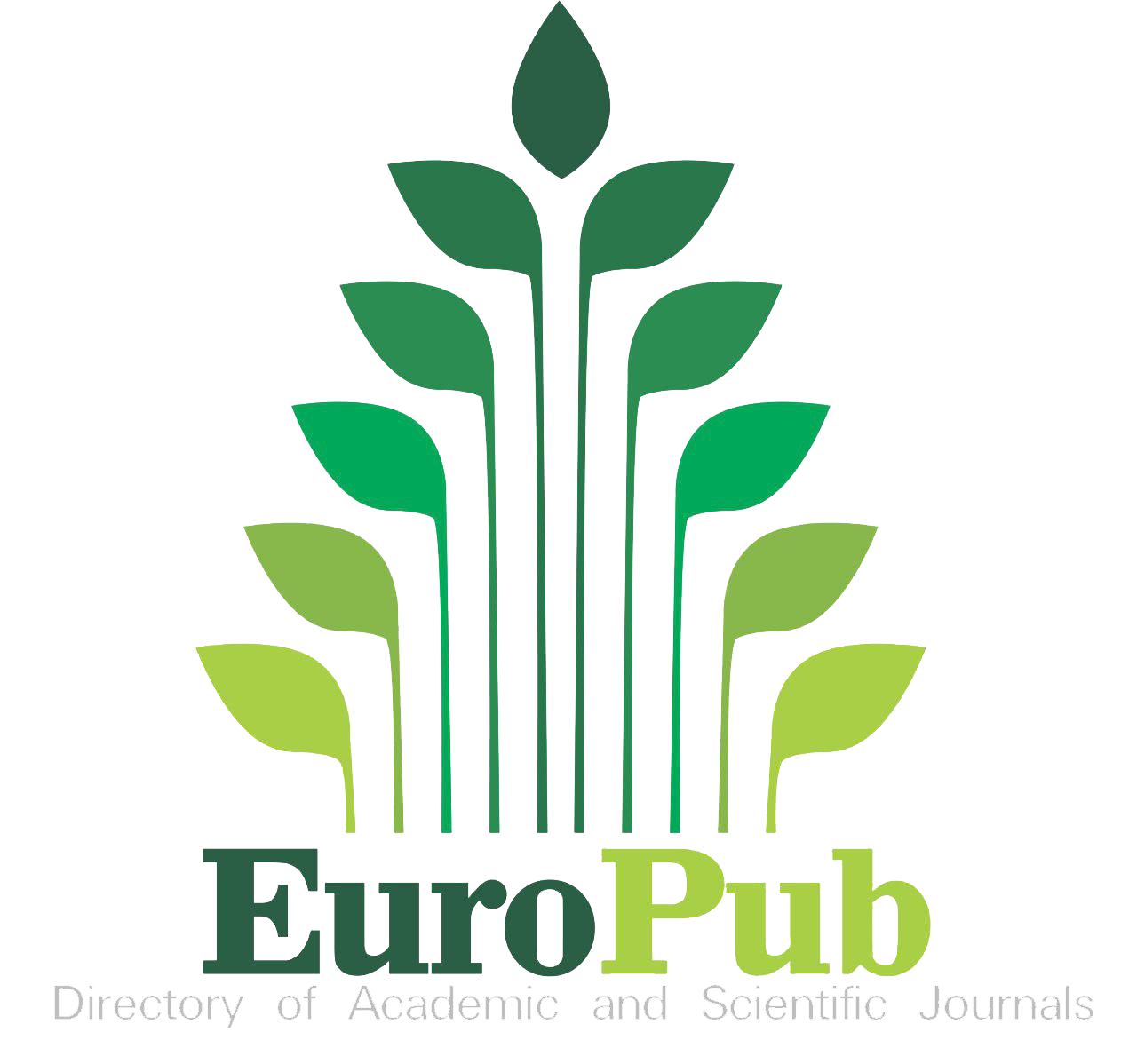Efecto de diferentes tratamientos superficiales en la alteración de color de la cerámica
Palabras clave:
Cerámicas, Rugosidad, Color.Resumen
Objetivo: El objetivo de este estudio fue evaluar el efecto de diferentes tratamientos de la superficie en la pigmentabilidad de la cerámica después de inmersión en solución de tinción. Materiales y Métodos: Se realizaron 44 discos de 10 mm de radio y 3 mm de espesura. Las muestras se asignaron aleatoriamente entre 4 grupos experimentales (n=11) recibiendo tratamiento de la superficie de acuerdo a los diferentes grupos M, H, B, L. (n=10) fueron distribuidas para evaluación del color y Rugosidad (RU) y una muestra de cada grupo utilizada para análisis por microscopia electrónica de barrido (MEB). Para (RU), los datos fueron sometidos a ANOVA on ranks (α=0.05) ,y para el color ANOVA un fator (α=0.05). En las microfotografías de la superficie se realizo análisis cualitativo/descriptivo. Resultados: En la (RU) comparada antes y después de la inmersión para cada grupo, no se observo diferencia estadística (p>0.05). Al comparar los tipos de pulimento antes de la inmersión se observo diferencia entre el grupo L con los demás M, H, B (p<0.05). En el análisis de los grupos después de la inmersión, hubo una diferencia del grupo L con B y M (p<0.05). Al comparar la alteración de color, después de la inmersión, hubo diferencia entre todos los grupos ANOVA (p<0.05). En el análisis por (MEB) todos los grupos presentaron superficies parcialmente porosas; sin embargo las barnizadas produjeron el mejor resultado grupos H y B.
Conclusiones: La textura de la superficie es un factor importante en la pigmentabilidad de la cerámica. los materiales barnizados mostraron menor alteración del color.
Descargas
Referencias
Axelsson P, Lindhe J. Effect of controlled oral hygiene procedures on caries and periodontal disease in adults. J Clin Periodontol. 1978;5(2):133-51.
Meier R, Hauser-Gerspach I, Luthy H, Meyer J. Adhesion of oral streptococci to all-ceramics dental restorative materials in vitro. Journal of materials science Materials in medicine. 2008;19(10):3249-53.
Rosentritt M, Behr M, Burgers R, Feilzer AJ, Hahnel S. In vitro adherence of oral streptococci to zirconia core and veneering glass-ceramics. Journal of biomedical materials research Part B, Applied biomaterials. 2009;91(1):257-63.
Lee YK, Lim BS, Kim CW. Effect of surface conditions on the color of dental resin composites. Journal of biomedical materials research. 2002;63(5):657-63.
Yilmaz C, Korkmaz T, Demirkoprulu H, Ergun G, Ozkan Y. Color stability of glazed and polished dental porcelains. Journal of prosthodontics : official journal of the American College of Prosthodontists. 2008;17(1):20-4.
Subasi MG, Alp G, Johnston WM, Yilmaz B. Effect of thickness on optical properties of monolithic CAD-CAM ceramics. Journal of dentistry. 2018;71:38-42.
Kurtulmus-Yilmaz S, Cengiz E, Ongun S, Karakaya I. The Effect of Surface Treatments on the Mechanical and Optical Behaviors of CAD/CAM Restorative Materials. Journal of prosthodontics : official journal of the American College of Prosthodontists. 2018.
Silva TM, Salvia AC, Carvalho RF, Pagani C, Rocha DM, Silva EG. Polishing for glass ceramics: which protocol? Journal of prosthodontic research. 2014;58(3):160-70.
Preis V, Grumser K, Schneider-Feyrer S, Behr M, Rosentritt M. Cycle-dependent in vitro wear performance of dental ceramics after clinical surface treatments. Journal of the mechanical behavior of biomedical materials. 2016;53:49-58.
Preis V, Behr M, Handel G, Schneider-Feyrer S, Hahnel S, Rosentritt M. Wear performance of dental ceramics after grinding and polishing treatments. Journal of the mechanical behavior of biomedical materials. 2012;10:13-22.
Sarac D, Sarac YS, Yuzbasioglu E, Bal S. The effects of porcelain polishing systems on the color and surface texture of feldspathic porcelain. The Journal of prosthetic dentistry. 2006;96(2):122-8.
Al-Wahadni AM, Martin DM. An in vitro investigation into the wear effects of glazed, unglazed and refinished dental porcelain on an opposing material. Journal of oral rehabilitation. 1999;26(6):538-46.
Bourke BM, Rock WP. Factors affecting the shear bond strength of orthodontic brackets to porcelain. British journal of orthodontics. 1999;26(4):285-90.
Obregon A, Goodkind RJ, Schwabacher WB. Effects of opaque and porcelain surface texture on the color of ceramometal restorations. The Journal of prosthetic dentistry. 1981;46(3):330-40.
Motro PF, Kursoglu P, Kazazoglu E. Effects of different surface treatments on stainability of ceramics. The Journal of prosthetic dentistry. 2012;108(4):231-7.
Pecho OE, Perez MM, Ghinea R, Della Bona A. Lightness, chroma and hue differences on visual shade matching. Dental materials : official publication of the Academy of Dental Materials. 2016;32(11):1362-73.
Barghi N. Color and glaze: effects of repeated firings. The Journal of prosthetic dentistry. 1982;47(4):393-5.
Douglas RD, Steinhauer TJ, Wee AG. Intraoral determination of the tolerance of dentists for perceptibility and acceptability of shade mismatch. The Journal of prosthetic dentistry. 2007;97(4):2008.
Samra AP, Pereira SK, Delgado LC, Borges CP. Color stability evaluation of aesthetic restorative materials. Brazilian oral research. 2008;22(3):205-10.
Guler AU, Kurt S, Kulunk T. Effects of various finishing procedures on the staining of provisional restorative materials. The Journal of prosthetic dentistry. 2005;93(5):453-8.
Odioso LL, Gibb RD, Gerlach RW. Impact of demographic, behavioral, and dental care utilization parameters on tooth color and personal satisfaction. Compendium of continuing education in dentistry (Jamesburg, NJ : 1995) Supplement. 2000(29):S35-41; quiz S3.
Esquivel JF, Chai J, Wozniak WT. Color stability of low-fusing porcelains for titanium. The International journal of prosthodontics. 1995;8(5):479-85.
Jagger DC, Harrison A. An in vitro investigation into the wear effects of unglazed, glazed, and polished porcelain on human enamel. The Journal of prosthetic dentistry. 1994;72(3):320-3.
al-Wahadni A, Martin DM. Glazing and finishing dental porcelain: a literature review. Journal (Canadian Dental Association). 1998;64(8):580-3.
Kawai K, Urano M, Ebisu S. Effect of surface roughness of porcelain on adhesion of bacteria and their synthesizing glucans. The Journal of prosthetic dentistry. 2000;83(6):664-7.
Raimondo RL, Jr., Richardson JT, Wiedner B. Polished versus autoglazed dental porcelain. The Journal of prosthetic dentistry. 1990;64(5):553-7.
Fuzzi M, Zaccheroni Z, Vallania G. Scanning electron microscopy and profilometer evaluation of glazed and polished dental porcelain. The International journal of prosthodontics. 1996;9(5):452-8.
Patterson CJ, McLundie AC, Stirrups DR, Taylor WG. Refinishing of porcelain by using a refinishing kit. The Journal of prosthetic dentistry. 1991;65(3):383-8.
Klausner LH, Cartwright CB, Charbeneau GT. Polished versus autoglazed porcelain surfaces. The Journal of prosthetic dentistry. 1982;47(2):157-62.
Goldstein GR, Barnhard BR, Penugonda B. Profilometer, SEM, and visual assessment of porcelain polishing methods. The Journal of prosthetic dentistry. 1991;65(5):627-34.
Okubo SR, Kanawati A, Richards MW, Childress S. Evaluation of visual and instrument shade matching. The Journal of prosthetic dentistry. 1998;80(6):642-8.
Lim HN, Yu B, Lee YK. Spectroradiometric and spectrophotometric translucency of ceramic materials. The Journal of prosthetic dentistry. 2010;104(4):239-46.
Atay A, Karayazgan B, Ozkan Y, Akyil MS. Effect of colored beverages on the color stability of feldspathic porcelain subjected to various surface treatments. Quintessence Int. 2009;40(7):e41-8.
Ayad NM. Susceptibility of restorative materials to staining by common beverages: an in vitro study. Eur J Esthet Dent. 2007;2(2):236-47.
Publicado
Número
Sección
Licencia
- Los autores/as conservarán sus derechos de autor y garantizarán a la revista el derecho de primera publicación de su obra, el cuál estará simultáneamente sujeto a la Licencia de reconocimiento de Creative Commons que permite a terceros compartir la obra siempre que se indique su autor y su primera publicación esta revista.
- Los autores/as podrán adoptar otros acuerdos de licencia no exclusiva de distribución de la versión de la obra publicada (p. ej.: depositarla en un archivo telemático institucional o publicarla en un volumen monográfico) siempre que se indique la publicación inicial en esta revista.
- Se permite y recomienda a los autores/as difundir su obra a través de Internet (p. ej.: en archivos telemáticos institucionales o en su página web) posterior al proceso de aprobación del manuscrito, lo cual puede producir intercambios interesantes y aumentar las citas de la obra publicada.
















